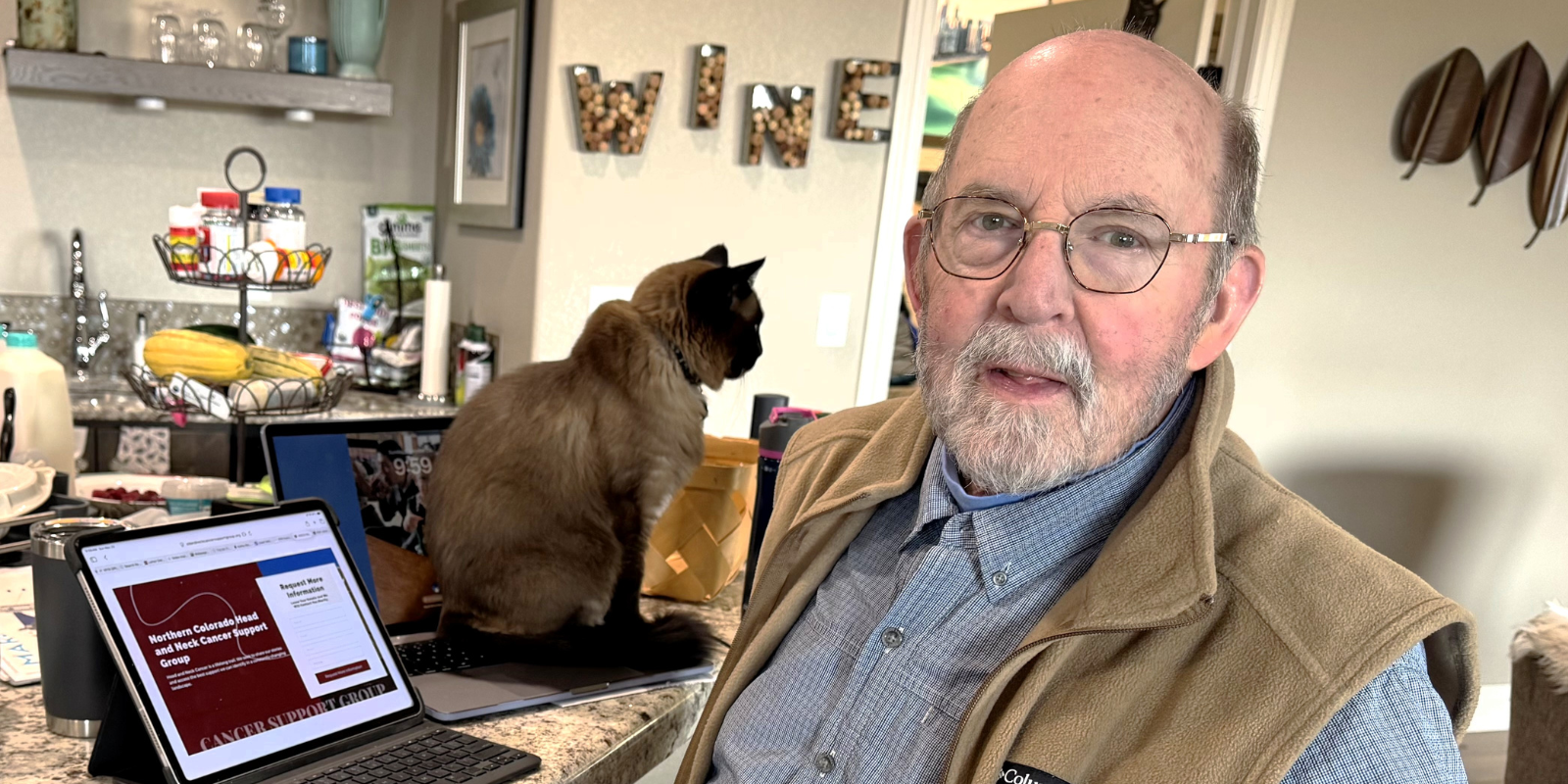When Colorado Governor Jared Polis declared January National Radon Action Month, he noted that about 50 percent of Colorado homes test at or above the guideline level at which the U.S. Environmental Protection Agency (EPA) recommends remediation.
The majority of Colorado is an EPA Radon Zone 1, or a zone with the highest potential for elevated indoor radon levels. Further, after smoking, radon is the second leading cause of lung cancer deaths in the United States, claiming about 21,000 lives each year and more than 500 in Colorado, according to the Colorado Department of Public Health and Environment. Along with secondhand tobacco smoke, it is a leading cause of lung cancer in nonsmokers.
The Rocky Mountain West, in particular Colorado and New Mexico, has a long and fraught history with radon and radon exposure, said Jonathan Samet, MD, MS, dean of the Colorado School of Public Health and University of Colorado (CU) Cancer Center member. During a recent symposium with the CU Cancer Center, Samet detailed this region’s history with radon exposure, particularly in uranium mining, and how the ripple effects of that legacy still are felt today.
“Radon progeny is the first lung carcinogen,” he explained. “There’s incredibly interesting documentation that dates back to the 1500s with Paracelsus, who described a problem of the mysterious illness, mountain sickness, in miners in the Carpathian Mountains. He noted that sometimes one woman had seven husbands – not at once, but serially – because they died, and that disease was likely lung cancer.”
“No safe level of exposure”
At the beginning of the 20th century, the same problem of lung cancer in miners was linked to high levels of radon inhalation, he said. However, these findings were not widely known. When U.S. uranium mining began in earnest in the late 1940s, miners were not alerted to potential health repercussions from exposure and measures were not taken to reduce radon concentrations in mines.
Uranium mines on Colorado’s Western Slope and in northern New Mexico employed thousands of miners, and in the early 1950s the U.S. Public Health Service began a cohort study of underground uranium miners on the Colorado Plateau – a study that is ongoing – that provided some of the first warnings that lung cancer was a serious issue among miners, Samet said.
In Colorado, evidence gathered during the cohort study found increasingly wide discrepancies between expected and observed cases of lung cancer among miners as the cohort was followed. For example, in 1967, 10 cases were expected but 62 were observed, and the number of observed cases continued rising significantly, Samet said.
While uranium mining has not been an active or significant source of radon exposure on Colorado’s Front Range, elevated levels of indoor radon have been a concern for decades.
“This story of radon and lung cancer is very well-described,” Samet said. “One of the controversies has been about indoor air? How could low concentrations of radon indoors cause cancer? And the answer is really simple and obvious: It’s the energy of these alpha particles that do the damage. That energy of decay does not depend on the concentration – that’s a property of nature – and the same concentration is delivered whether in an underground uranium mine with high levels or in a home with lower levels.
“There is no safe level of exposure. There’s a potential to cause lung cancer at any level of exposure.”
Measuring indoor radon levels
Since indoor radon exposure was identified as a problem in the United States in the 1980s, researchers and leaders in local, state and national government have asked how to reduce radon exposure as much as possible and identify homes with risks of exposure, Samet said.
He cited the National Academy of Sciences’ BEIR reports – BEIR VI was released in 1998 – as important guiding documents in understanding radon’s risks and providing a foundation for strategies for remediating radon risk, especially the risk in indoor spaces.
An ongoing issue on the Front Range has been balancing the need to identify radon exposure risks in indoor spaces with the cost of mitigation, Samet said. “From the point of view of whether you should measure your indoor radon concentration, the easy answer is why not?” he said. “If you use a longer-term detector you will get a good read on what the concentration is in your home, but then the question comes up of whether you should mitigate. The cost of putting in a fan to ventilate a crawl space runs a couple thousand dollars plus that of electricity for the longer term.”
He said a question many people may ask themselves is “how many carcinogens can I measure and control? And I think the answer is one,” Samet said. “If you’re in an area where homes have been identified with high levels of radon, make a measurement. After that it becomes a measure of personal risk taking, but I certainly urge everybody at the time of home purchase, particularly in areas where there have been homes with high radon levels found, to make that measurement.”
The Colorado Department of Public Health and Environment offers discounted radon test kits and low-income radon mitigation assistance, as well as regularly updated information about radon and issues related to exposure.
Continuing to study the risks of radon exposure and the related effects is vital to providing “the science to support policy measures,” Samet said.




